The night after Thanksgiving, did the pilgrims wait in line to purchase beaver pelts from Native Americans at a discounted price? Most likely not.However, the disappearance of Cape Cod beavers following European settlement may have portended future events. After 400 years, Americans now trample one another to death for big-ticket discounts, making our country the epitome of waste and excessive spending.
Greetings from Black Friday, the turkey-fueled halfway point of America’s holiday shopping frenzy, where people spend money they don’t have on unnecessary purchases. Holiday shoppers are expected to spend around $1 trillion this year, quadruple what they did 20 years ago. The astronomical $1.66 trillion in U.S. credit card debt is not shocking.
However, what if there is an alternative? What if you could avoid using all of your credit cards, cultivate goodwill, and find the ideal presents?
Say Hello to Buy Nothing Day
A radical alternative to the turmoil caused by Black Friday shopping is Buy Nothing Day. As climate change intensifies, the movement—which began in the 1990s as a quirky protest against excessive consumption—has transformed into a dire cry to action.
Buy Nothing Day promotes cutting back on waste rather than adding to already overflowing landfills. Millions of tons of packaging and unwanted items end up in landfills as a result of Americans producing 25% more rubbish during the holidays. The situation is made worse by the estimated 92 million tons of textile waste produced annually by the fashion industry worldwide. According to federal figures, manufacturing accounts for 12% of greenhouse gas emissions in the United States.
Buy Nothing Day challenges us to take stock, reconsider our routines, and embrace a more sustainable way of living. An excellent place to begin? Join a group called Buy Nothing.
The Magic of Free Stuff
Hyper-local online communities known as “buy nothing groups” are where members exchange stuff they no longer need and ask for things they do. With you as the elf and occasionally the reindeer, it’s similar to Santa’s workshop.
In my local Buy Nothing group in Mobile, Alabama, I’ve found a ton of small treasures, including framed art, numerous lamps, two couches, innumerable books, and even a laminator that has laminated nothing. That’s the drawback. You may be tempted to take things you don’t need because of the excitement of getting free stuff.For instance, my collection of plant pots could cause a stir.
Buy Nothing groups are about more than just buying stuff; they’re also about clearing out clutter. Do you want to get rid of that cat-themed egg cooker or that ugly armchair? Someone is going to take it away for nothing. Do you need a unique Secret Santa present? My group has recently offered a spiralizer, a panini-focused cookbook, a children’s oven, and of course, vases.An abundance of vases. Patience is necessary for the excellent things, such as the occasional womb chair or parodontax tube.
To be clear, it’s a toy oven for kids. A kid-sized oven, no.
The nicest aspect is that every interaction is infused with kindness and gratitude.
“The separation is so much easier knowing that these items are going to a good home,” said Lindsay Downes, a professional organizer from Alexandria, Virginia. I always feel very happy when I hear the recipients express their gratitude!
Additionally, Buy Nothing organizations occasionally provide more than simply freebies.After an exchange, I’ve heard of at least two romances developing. Imagine a scene where two strangers are staring at a fake antique teapot. Sparks fly. All of a sudden, they are exchanging life stories as well as goods. However, star-crossed lovers need to exercise caution. That teapot might return to your life if everything goes according to plan.
Sustainability, decluttering, and romance What else is there to ask for?
Other Sustainable Options
Try secondhand stores if you’re not into Buy Nothing clubs.These treasure troves provide unusual treasures, home products, and used clothing. Purchasing used prolongs the life of already-circulated goods, saves money, and lowers the demand for new manufacturing.
How to Break Up With Fast Fashion author Lauren Bravo told CBS News that the world is drowning in excess. Purchasing items that are already on the market seems more sustainable than creating a need for ever-increasing quantities.
The One In, One Out rule is another option. Donate or give away an item you no longer use for each new one you bring into your house. This promotes thoughtful consumption and manages clutter. Additionally, fix or upcycle broken objects rather than throwing them away. Old jars can be turned into planters, and a worn-out chair can be reupholstered.
Standing in line all night to argue with someone’s grandmother about a half-priced teal KitchenAid mixer isn’t necessary for living sustainably. Think of this as your call to action, whether you’re giving a lightly used bread machine or rehoming a wacky lampshade.Pilgrims, be gentle with the beaver pelt.
Note: Every piece of content is rigorously reviewed by our team of experienced writers and editors to ensure its accuracy. Our writers use credible sources and adhere to strict fact-checking protocols to verify all claims and data before publication. If an error is identified, we promptly correct it and strive for transparency in all updates, feel free to reach out to us via email. We appreciate your trust and support!

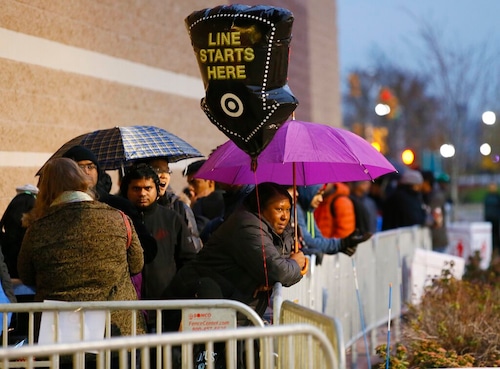
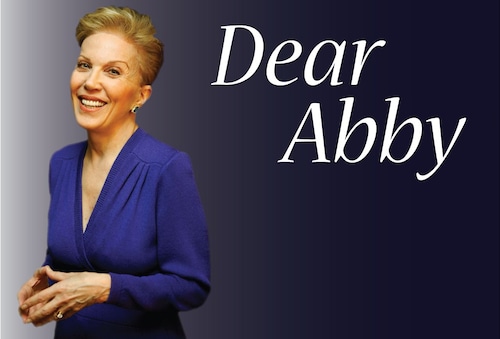
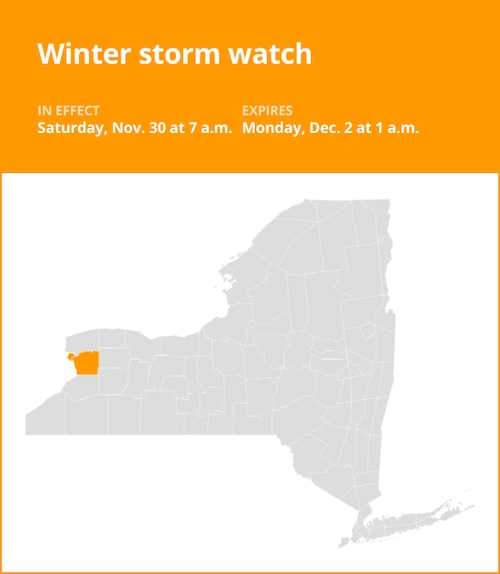
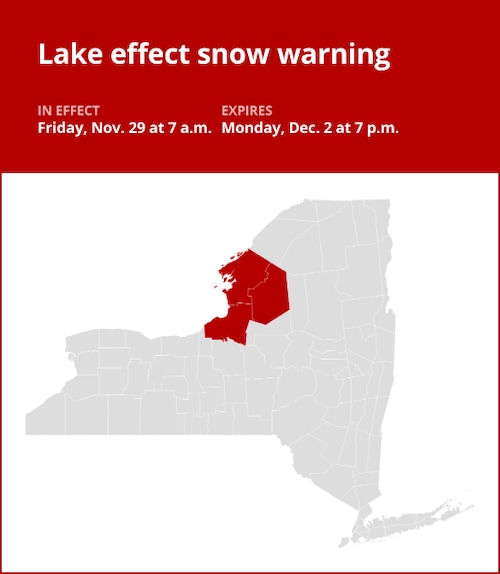

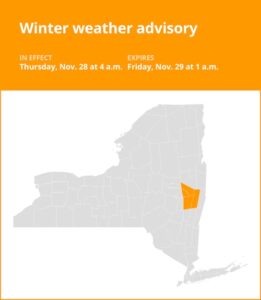
+ There are no comments
Add yours